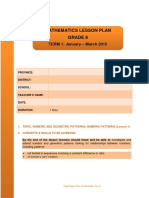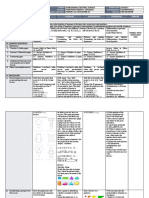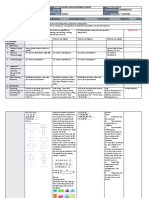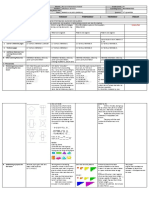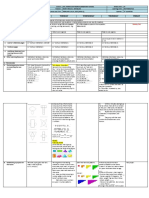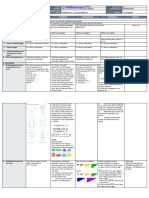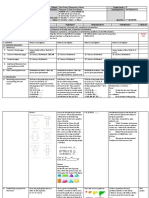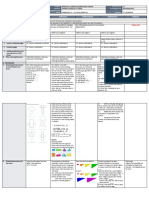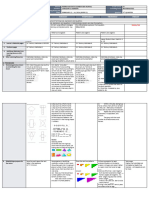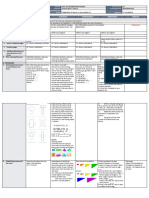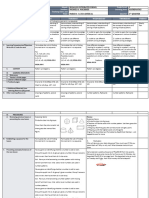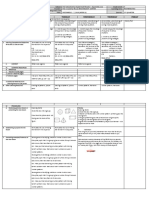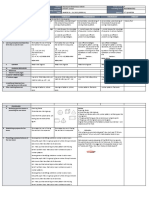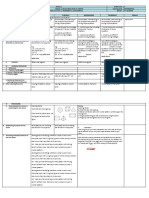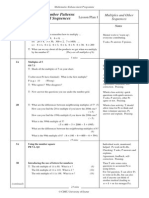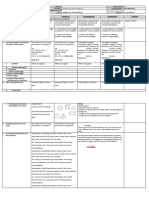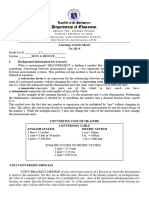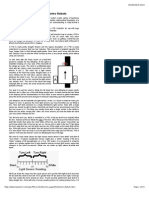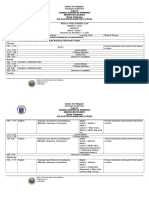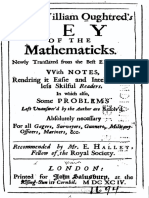0% found this document useful (0 votes)
304 views5 pagesGrade 5 Term 1 Numeric Patterns Lesson 1
This Grade 5 mathematics lesson plan focuses on investigating and extending numeric patterns, aiming for students to identify relationships and rules in sequences. The lesson includes group activities, classwork, and homework designed to reinforce concepts of constant differences and ratios. Resources include textbooks and workbooks, with an emphasis on addressing common misconceptions through review and correction of homework.
Uploaded by
Shadrack RabaloiCopyright
© © All Rights Reserved
We take content rights seriously. If you suspect this is your content, claim it here.
Available Formats
Download as DOCX, PDF, TXT or read online on Scribd
0% found this document useful (0 votes)
304 views5 pagesGrade 5 Term 1 Numeric Patterns Lesson 1
This Grade 5 mathematics lesson plan focuses on investigating and extending numeric patterns, aiming for students to identify relationships and rules in sequences. The lesson includes group activities, classwork, and homework designed to reinforce concepts of constant differences and ratios. Resources include textbooks and workbooks, with an emphasis on addressing common misconceptions through review and correction of homework.
Uploaded by
Shadrack RabaloiCopyright
© © All Rights Reserved
We take content rights seriously. If you suspect this is your content, claim it here.
Available Formats
Download as DOCX, PDF, TXT or read online on Scribd
/ 5



